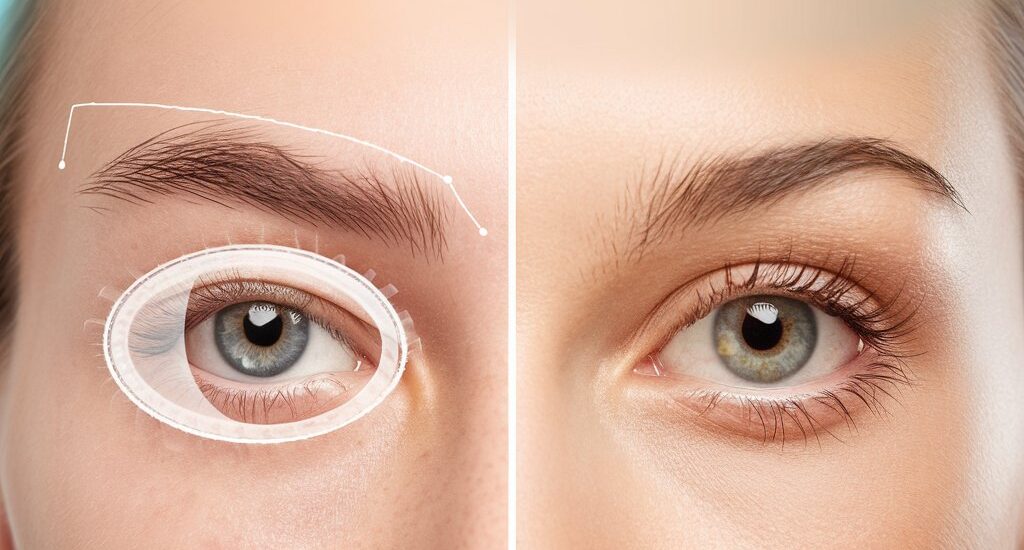LASIK vs. PRK: Which Vision Correction Surgery Is Right for You?
Are you bored depending on your glasses to see clearly? Alternatively, you might have begun to detest having to use little silicone cups every day to view the world with all its intricacies. Should your responses to any of these questions be a strong yes, you should give laser eye surgery some thought.
If you have done a little study on laser eye surgery, you would be aware that two well-liked treatments are Modesto Lasik and PRK. Of the ones you could pick, which one best fits? Should you, too, be unsure, this tutorial is meant for you!
What is LASIK?
Laser-assisted in Situ Keratomileusis, or LASIK, is a type of laser eye surgery that corrects vision issues, including nearsightedness, farsightedness, and astigmatism. It boasts a high success rate and a rapid recovery time.
How LASIK Works
Creating a Flap: The surgeon uses a specialized laser to create a thin flap on the cornea, the clear front portion of the eye.
Reshaping the Cornea: The flap is raised, and another laser is used to restructure the cornea. Clear vision comes from this light entering the eye and is precisely focused onto the retina.
Replacing the Flap: The flap is then replaced so that it attaches naturally without needing stitches.
Recovery Time
Most patients have better vision right after LASIK and can resume regular activities in one day or two. Vision stabilization and complete healing may take many weeks.
What is PRK?
Another kind of laser eye surgery that likewise treats nearsightedness, farsightedness, and astigmatism is PRK, sometimes known as photorefractive keratectomy. Although it was created prior to LASIK, PRK is still a preferred choice for some people.

How PRK Works
Removing the Epithelium: Rather than producing a flap, the surgeon removes the epithelium—the cornea’s thin outer layer.
Reshaping the Cornea: Like with LASIK, the underlying corneal tissue is then reshaped using a laser.
Healing Process: The epithelium heals by spontaneously growing back over the corrected cornea.
Recovery Time
PRK requires more time to recuperate than LASIK does. The epithelial healing takes several days to a week, hence vision may be cloudy during this period. Vision stabilization and complete healing could take several weeks to several months.
Factors to Consider While Choosing
- Suitability: LASIK is typically recommended for patients with moderate to high refractive errors or thicker corneas; PRK may be more suited for those with thinner corneas or irregular corneal surfaces.
- Healing Time: The healing times for LASIK and PRK differ. Usually providing a faster visual recovery, LASIK helps most people see better in a few days. Vision improves gradually over several weeks throughout the extended healing phase of PRK.
- Lifestyle Considerations: Certain careers or interests may require particular consideration. People involved in high-impact or contact sports, for instance, may want PRK because it reduces the likelihood of flap problems.
- Long-Term Results: LASIK and PRK both produce quite good results. Nonetheless, depending on their eye structure and healing mechanism, each person may have different visual results and recovery processes.
Wrapping Up
Whatever you decide upon, keep in mind all crucial elements, including corneal thickness and recovery period. Tell your doctor how your eyes feel so that any pre-existing disorders can be excluded.
Both provide outstanding results for vision correction, of course, but the best option will depend on your requirements and eye condition. See your doctor, and then make the appropriate decision!


